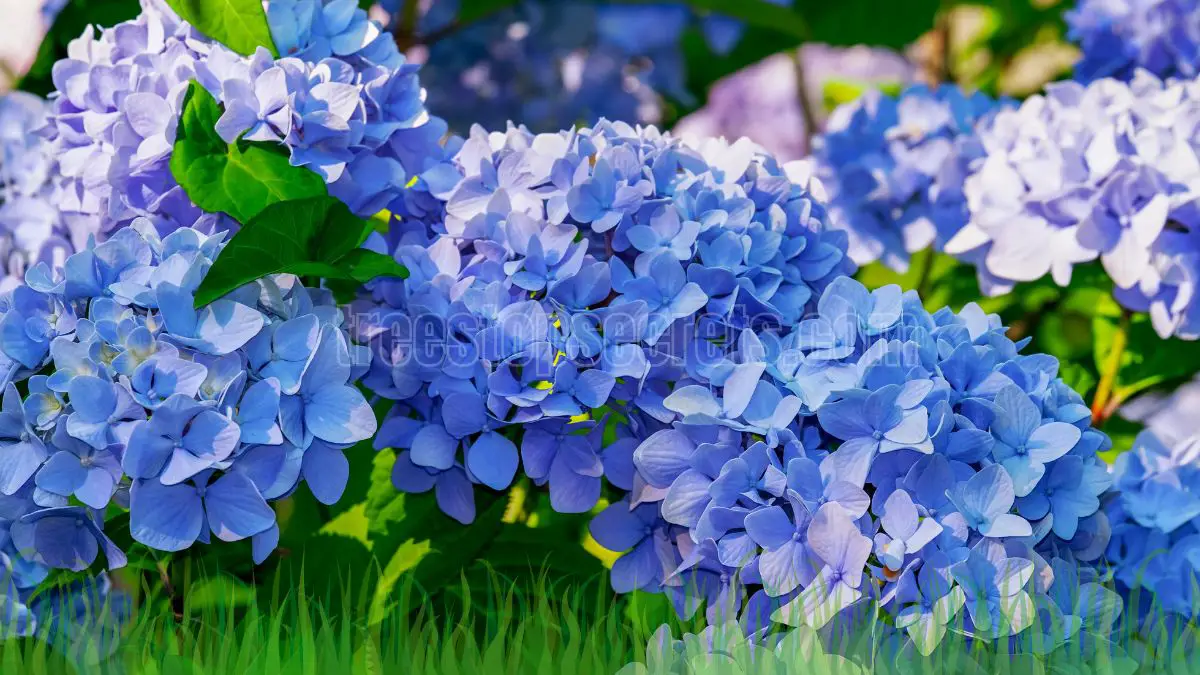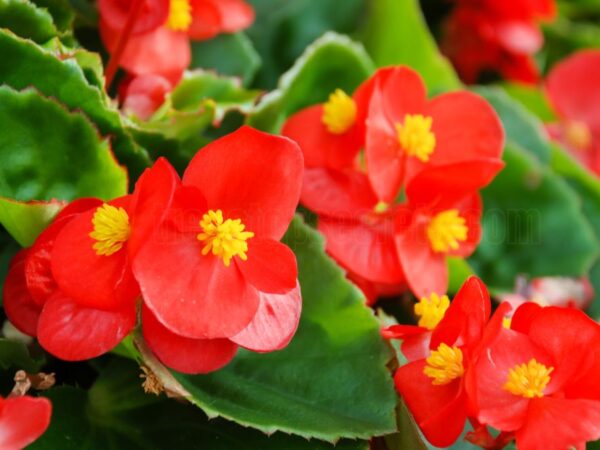Hydrangeas, with their showy flower heads and intense color, light up the summer garden with carefree abundance. In the United States, these widely grown, easy-care shrubs typically begin flowering in late spring. The timing can differ depending on the climate they’re in and the specific variety.
In the southern areas, blooms might start as early as May. On the other hand, cooler regions will need to wait until June or July to enjoy them. Hydrangeas are happiest when you give them the right mix of sun and shade.
This versatility combined with their beauty makes them an outstanding choice for any landscape. Though they require some special care, with the right effort they will richly reward you with beautiful floral displays that brighten and beautify outdoor spaces.
Understanding the blooming cycle of hydrangeas can help in planning garden aesthetics and maintenance. This ensures a beautiful and thriving garden environment.
Key Takeaways
- If well cared for, hydrangeas can bloom for nearly a full year, with some blooming year-round, depending on variety and local climate factors.
- Perhaps the most important thing to know is when each species of hydrangea blooms. Bigleaf, Oakleaf, Panicle, and Smooth hydrangeas all naturally adjust their flowering times to succeed in certain hardiness zones.
- Local climate factors, including temperature fluctuations, precipitation, and wind, have a huge impact on hydrangea blooms. These factors dictate the time and the success of the blooms.
- The right soil conditions, especially pH levels and nutrient availability, are key to encouraging colorful hydrangea blooms.
- Correct pruning and other maintenance practices are paramount to promote abundant flowering, with specific timing depending on the type of hydrangea.
- Overcoming blooming issues often takes careful observation, time, and ongoing maintenance to help hydrangeas thrive with beautiful, plentiful blooms.
When Do Hydrangeas Bloom?
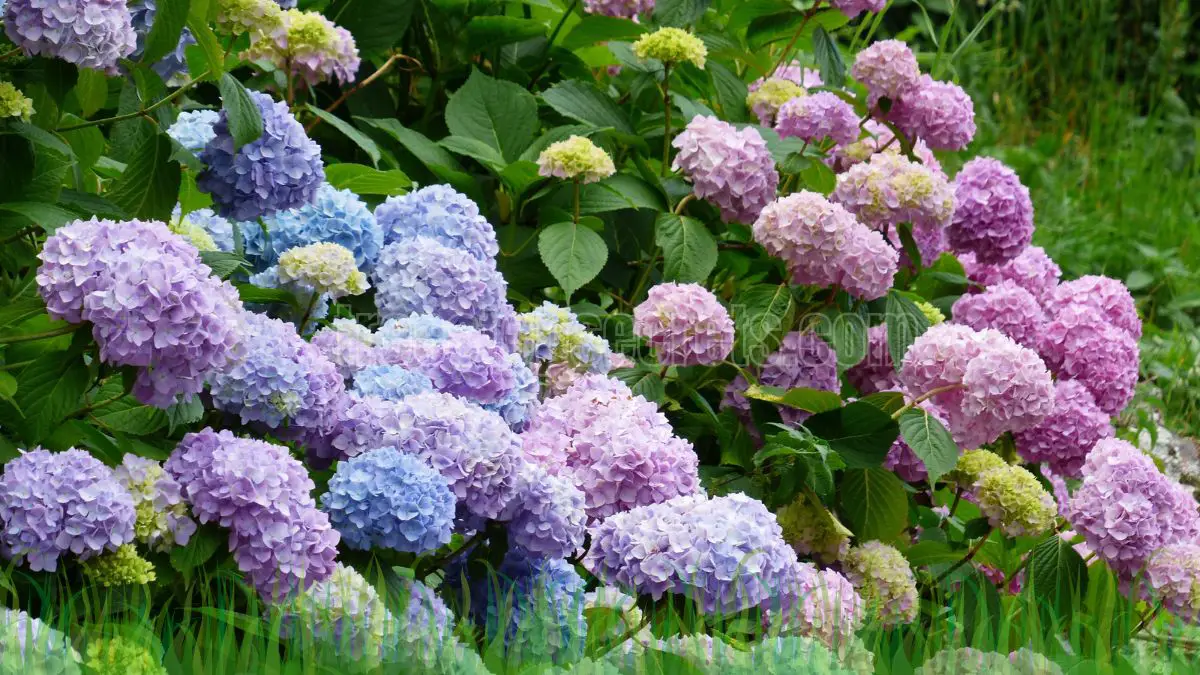
1. Overview of Blooming Periods
Hydrangeas bloom from late spring to early fall and really put on a show. Their bloom time can be as early as May and sometimes as late as July. The majority of varieties, around 70%, explode in color mid-summer.
Take a look at this table to understand the variety:
|
Season |
Blooming Hydrangeas |
|---|---|
|
Spring |
'Nikko Blue', 'Endless Summer' (May to July) |
|
Summer |
'Annabelle', 'Forever & Ever' (June to August) |
|
Fall |
'Twist n Shout', 'Let's Dance' (July to September) |
Local climate can change these periods as well. In cooler climates, flowering could be pushed back, while regions with warmer winters could experience earlier bloom.
2. Different Species and Their Seasons
Bigleaf hydrangeas such as ‘Nikko Blue’ and ‘Endless Summer’ delight from spring through autumn. Oakleaf varieties, which have cone-shaped blooms, perform well during the hottest months of summer.
Panicle hydrangeas are the stars in cooler zones, often blooming from midsummer into fall. The smooth hydrangea, like ‘Annabelle’, blooms in summer with big white flowers.
Each species is adapted to its specific environment. Both Panicle and Smooth hydrangeas do well in the coldest of climates, zone 3. Conversely, Bigleaf and Oakleaf hydrangeas prefer the more temperate zones, between 5 and 9.
3. Climate Influence on Blooming
Undoubtedly, temperature is the biggest factor when it comes to when blooms will open. A sudden cold snap can delay flowering, while an unseasonably warm spell could have the opposite effect.
Weather conditions including rainfall and drought can have an effect on hydrangea plant health and the length of bloom time. In climates where winters are mild, hydrangeas may bloom well beyond June, providing a beautiful show for much of the summer.
Factors Influencing Bloom Time
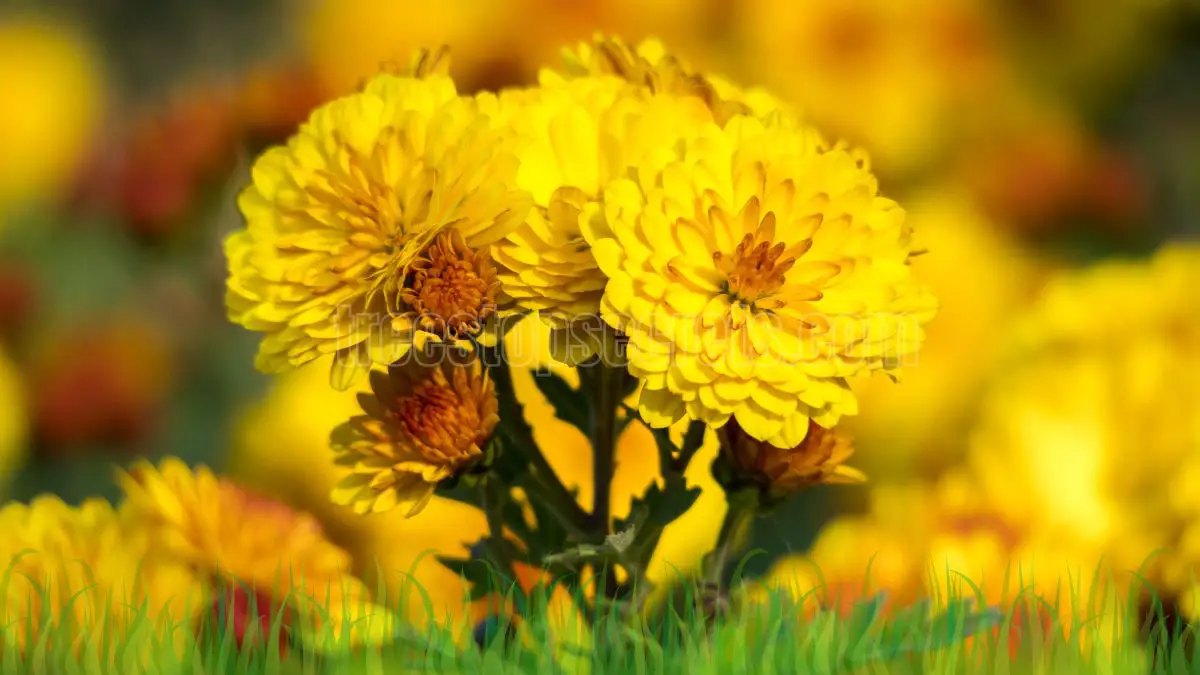
To truly understand when hydrangeas bloom, especially during the hydrangea flowering season, you need to consider a few factors. These factors either postpone or promote their blossoming, which is key to producing healthy, vibrant hydrangea flowers.
Climate and Temperature Requirements
This is especially true for hydrangeas, who flourish only within a narrow band of temperatures. They typically like it around 60°F to 70°F. The catch is, each variety has its own preferences, and some blossom the most in chillier climates.
Production of flowers can be affected by extreme temperatures, such as too much heat or frost. Seasonal weather patterns are another major factor. Hydrangeas that bloom on old wood usually bloom in the spring or early summer. Those on new wood flower from midsummer through early fall.
Soil and Nutrient Conditions
Proper soil conditions are key to producing the best hydrangea blooms. These ephemeral plants do best with consistently moist, well-drained soil. PH levels dramatically impact flower color and vibrancy.
For example, acidic soils tend to result in spectacular blue flowers while alkaline soils yield lovely pink flowers. Rich, nutrient-dense soil is a must, and amendments such as compost will help give you that full-bloom potential.
Consistent watering ensures the soil never dries out or gets waterlogged, which helps to maintain strong and abundant flower production.
Pruning and Maintenance Practices
Pruning is another key factor in promoting blooming on hydrangeas. Proper timing and technique depends on the species of hydrangea. For those blooming on old wood, pruning should be done after they bloom, usually in summer.
New wood bloomers are greatly improved by a late winter or early spring pruning. Regular maintenance, like clearing away dead stems and providing enough sunlight, helps encourage them to bloom.
Planting in the incorrect season can cause the plant to bloom later than expected or even die.
Optimal Planting and Care Strategies
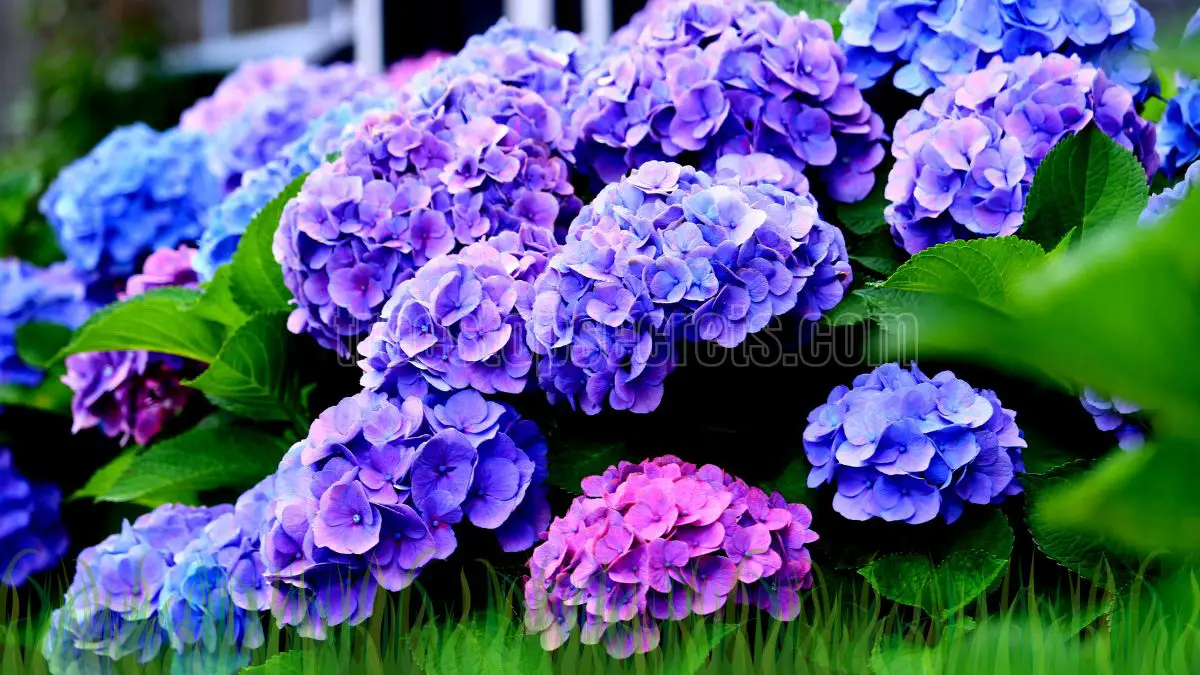
Best Times for Planting Hydrangeas
- Northeast and Midwest: Early spring (April - May)
- Southeast and Southwest: Fall (September - October)
- Pacific Northwest: Spring (March - April) or Fall (September - October)
Additionally, planting hydrangeas during these times ensures root systems are able to take hold before the onset of harsh temperatures. If you prune at the right time, your hydrangeas will be healthy with strong flowers in the next growing season.
Seasonal planting leverages mild conditions, supporting optimal root growth and future bloom success.
Key Maintenance Tips for Vibrant Blooms
- Water deeply once or twice per week, keeping the soil consistently moist but never waterlogged.
Use a 2-3 inch layer of mulch to help retain moisture, regulate soil temperature, and prevent weeds. Prune accordingly: late winter for old wood bloomers, post-bloom in summer for new wood.
Consistent moisture — from targeted irrigation and careful mulching — is key for establishment. This planting and care techniques promotes the health and longevity of the blooms.
Regular monitoring for pests and diseases is critical to keeping your plants healthy.
Feeding Hydrangeas for Better Blooms
|
Fertilizer Type |
Application Frequency |
Best For |
|---|---|---|
|
Slow-Release |
Twice yearly |
General blooming |
|
Liquid Fertilizer |
Every 4-6 weeks |
|
|
Organic Compost |
Annually |
Soil health and structure |
Apply organic fertilizer once in spring and again in early fall to boost growth.
Fertilizer selection tailored to the needs of the specific hydrangea variety will produce the best blooms.
Addressing Blooming Challenges
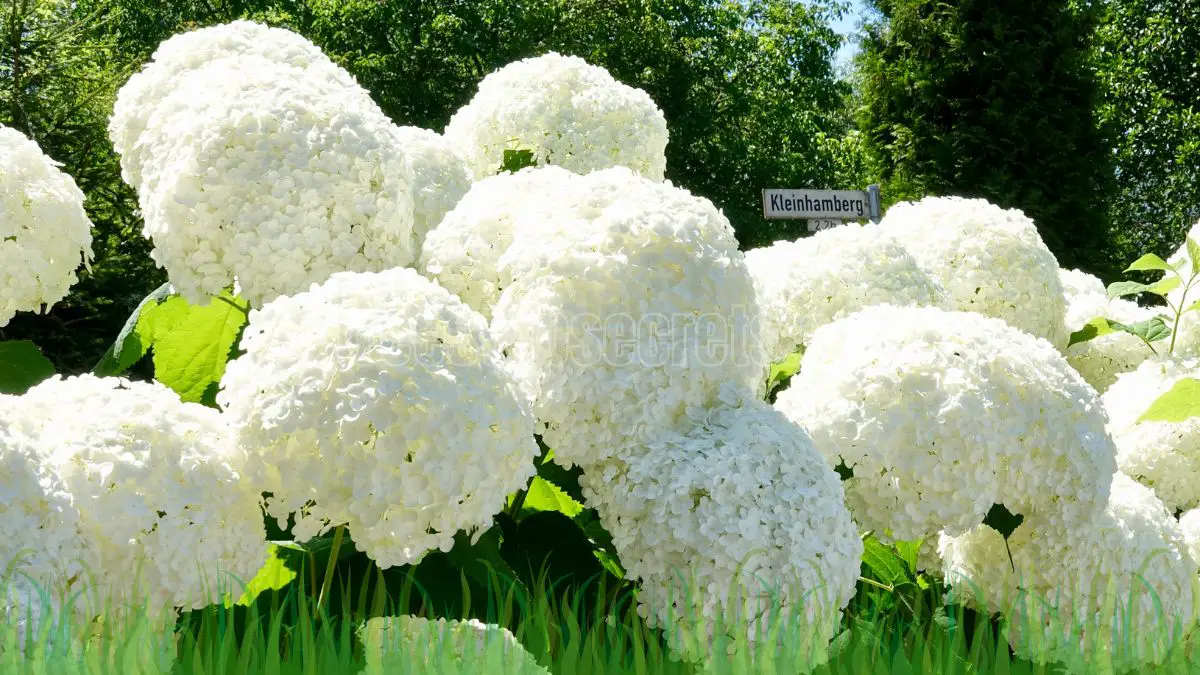
Reasons for Lack of Blooms
Hydrangeas often experience issues that prevent them from producing blooms. Among them, the pruning errors jump out as a frequent bugaboo. Prune at the wrong time, and you’ll have pruned off the buds that would have turned into flowers.
For instance, old wood hydrangeas flower on the growth of the previous year, so a fall or winter pruning is very damaging. Prune them back in the winter or early spring before new growth appears.
Environmental stressors, such as strong winds or an icy winter, can prevent blooming. Hydrangeas do not take kindly to cold winter storms or drying winds, which will kill the buds.
Sun exposure is an important factor as well. The majority of hydrangeas are best suited to full sun to part shade. Too little shade, or too much, and their flowering is compromised.
Consistent watering is important, but make sure to keep the soil evenly moist, not consistently soggy, to prevent root issues. Understanding which hydrangea type you have is critical to avoiding these problems.
Solutions for Blooming Problems
Identify your hydrangea type and prune accordingly. New wood hydrangeas should be pruned in winter while they’re dormant.
Ensure they get around half a day of sun, ideally in the morning.
Watering: Adjust based on type. Club French hydrangeas require additional water.
Apply compost annually to enrich soil and promote blooms.
Sometimes it just takes adjusting these care practices to revive your sad-looking hydrangeas. As with any gardening endeavor, patience and careful nurturing are key.
Follow these tips and bringing your hydrangeas back to bloom will be easily attainable.
Conclusion
With their brilliant flowers, hydrangeas add a wonderful beauty to any garden. Depending on the variety and your climate, these beautiful blooms can dazzle in late spring, throughout summer, and even into fall. When do hydrangeas bloom? Bloom time depends on variety, climate, and how they are cared for. If you want to avoid a hydrangea disaster, choose a location that provides the right amount of light, and make sure the soil stays consistently moist. Tackle issues such as bad soil or insect infestations to ensure ongoing blooms.
Give them a little special care, and you’ll be rewarded with their bold vibrant hues from spring, summer and fall. Whether you’re an experienced green thumb or a budding horticulturist, hydrangeas promise a gratifying adventure. Don’t sleep on the opportunity to make your yard look really amazing. Start exploring hydrangea care now and see your garden bloom in beauty! Join the hydrangea adventure today!
Frequently Asked Questions
When do hydrangeas typically bloom?
Hydrangeas typically bloom from late spring through early fall, with the hydrangea flowering season varying based on the specific hydrangea varieties and your local climate.
What factors influence hydrangea bloom times?
Bloom times, influenced by climate, soil quality, and sunlight, vary among different hydrangea varieties, making preventative care and ideal growing conditions essential.
How much sunlight do hydrangeas need to bloom?
Hydrangeas thrive with morning sun and afternoon shade, as direct sunlight can inhibit hydrangea flowering, especially in warmer climates.
Can soil type affect hydrangea blooming?
Soil type does affect hydrangea flowering, yes. Well-drained, loamy soil supports vigorous growth and abundant hydrangea flowers. To achieve the color you want, you may need to adjust the pH of the soil.
How often should I water my hydrangeas?
Irrigate thoroughly at least once a week, especially during dry stretches, as hydrangeas thrive in evenly moist soil to promote hydrangea flowering.
What are common blooming challenges for hydrangeas?
Common challenges such as poor soil conditions and lack of sunlight can hinder the hydrangea flowering season, but fixing these issues leads to big, beautiful blooms.
How can I improve hydrangea bloom quality?
Ensure proper care for hydrangea plants by providing ample water, partial sunlight, and rich soil to support their flowering abilities and vibrant blooms.
Image Source: Paid image from CANVA

